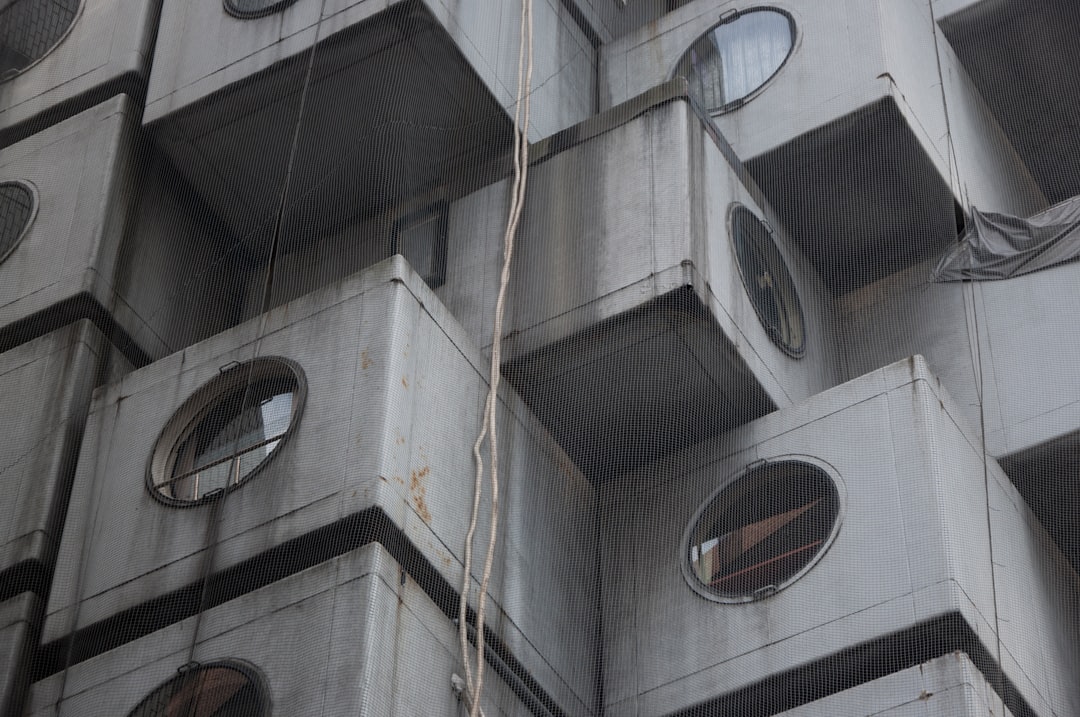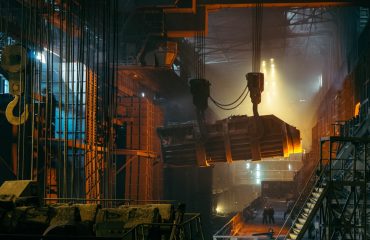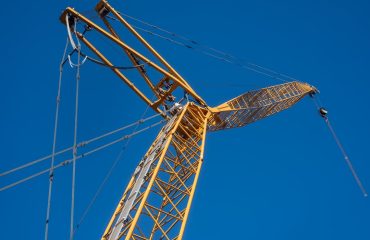In the world of industrial building construction, the choice of materials significantly impacts the project’s success. From massive warehouses to intricate manufacturing plants, the material that consistently proves its worth is steel. Its inherent properties make it the cornerstone of robust, efficient, and sustainable industrial structures. This post delves into the multifaceted importance of steel in industrial building construction.
Unmatched Strength and Durability: The Foundation of Industrial Resilience
Steel’s exceptional strength-to-weight ratio is unparalleled. This means that steel structures can withstand immense loads and pressures, crucial for industrial buildings housing heavy machinery, large inventories, and potentially hazardous materials. Unlike other materials, steel doesn’t degrade significantly over time, ensuring the longevity of the building and minimizing the need for costly repairs and replacements. Its resistance to extreme weather conditions, including high winds, heavy snowfall, and seismic activity, further solidifies its position as the preferred material for industrial applications. The ability to withstand fire for extended periods, offering valuable time for evacuation and minimizing property damage, is another significant advantage.
Versatility in Design and Functionality: Adapting to Diverse Industrial Needs
Steel’s versatility is a major factor in its widespread use. It can be easily shaped and molded into various forms, allowing for the creation of complex and customized structures. This flexibility caters to the diverse needs of different industries. Whether it’s a high-bay warehouse requiring vast open spaces or a multi-story manufacturing facility with intricate internal layouts, steel can be adapted to meet the specific requirements. The prefabrication of steel components off-site also speeds up construction time significantly, reducing project completion time and overall costs. This modular approach allows for easy expansion and modification of the building in the future, accommodating evolving business needs.
Sustainability and Environmental Considerations: A Green Choice for Industrial Construction
While often viewed as a non-renewable resource, steel’s sustainability credentials are stronger than many assume. Steel is 100% recyclable, meaning that the material used in demolished structures can be reused repeatedly without losing its strength or quality. This significantly reduces the demand for virgin materials and minimizes the environmental impact associated with mining and manufacturing. Furthermore, the longevity of steel structures reduces the frequency of building replacements, further contributing to its overall environmental sustainability. Modern steel production methods are also incorporating more sustainable practices, minimizing carbon emissions and promoting responsible resource management.
Cost-Effectiveness and Return on Investment: A Smart Financial Decision
Despite its initial cost, steel offers long-term cost-effectiveness. The durability and longevity of steel structures translate into reduced maintenance and repair costs over the building’s lifespan. Faster construction times, thanks to prefabrication and efficient assembly, also contribute to lower labor costs. The potential for future expansion and modification without significant structural changes further adds to the financial benefits. The overall return on investment for steel-constructed industrial buildings is often higher compared to buildings constructed using alternative materials, making it a fiscally responsible choice.
Advanced Steel Technologies: Enhancing Performance and Efficiency
Continuous advancements in steel technology are further enhancing its performance and efficiency in industrial buildings. High-strength low-alloy (HSLA) steels offer increased strength and ductility, allowing for lighter and more efficient structures. Innovative coating technologies improve corrosion resistance, extending the lifespan of the building even further. The development of advanced steel connections simplifies construction, improves structural integrity, and reduces overall costs. These technological advancements demonstrate steel’s ongoing evolution and its continued suitability for the demanding requirements of modern industrial applications. The integration of smart technologies with steel structures, like sensors for monitoring structural health and energy efficiency, is also gaining traction, enhancing the overall performance and sustainability of industrial buildings.
In conclusion, steel’s reign as the king of industrial building construction is well-deserved. Its unparalleled strength, versatility, sustainability, cost-effectiveness, and the continuous advancements in its technology make it the ideal material for creating robust, efficient, and sustainable industrial structures. Choosing steel ensures a long-term investment that yields significant returns for both businesses and the environment.
Tags: Industrial building materials, steel construction, steel buildings, industrial building design, sustainable construction




